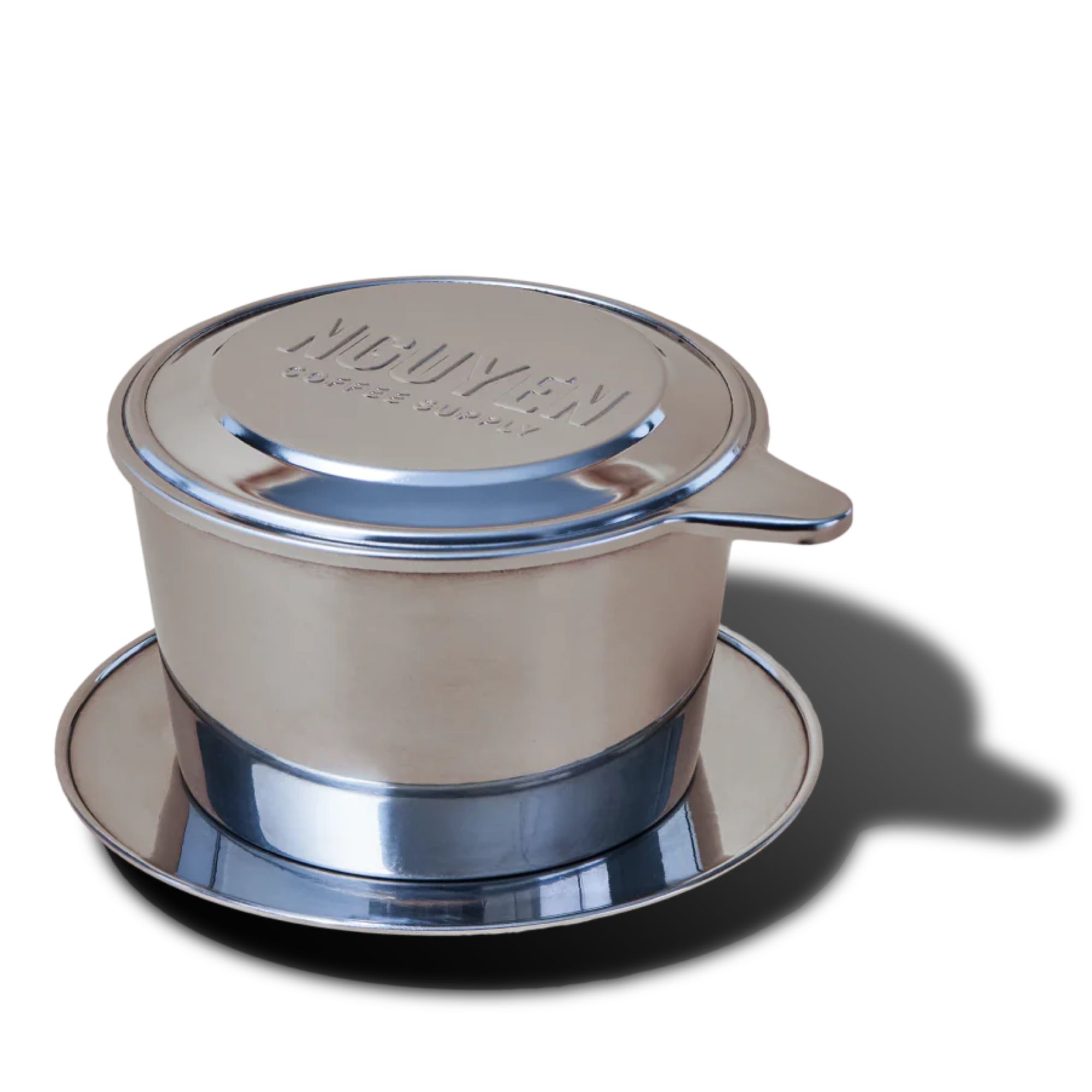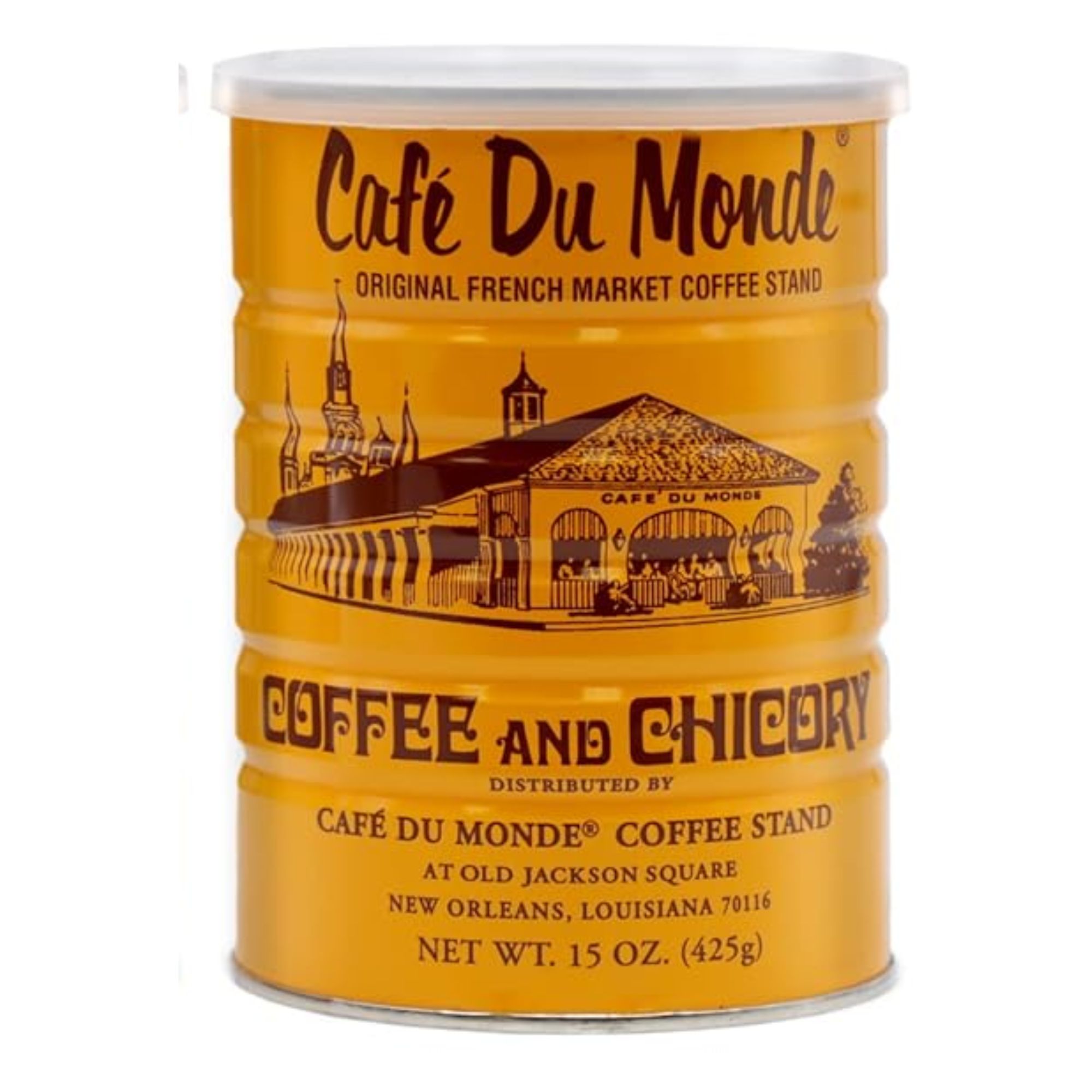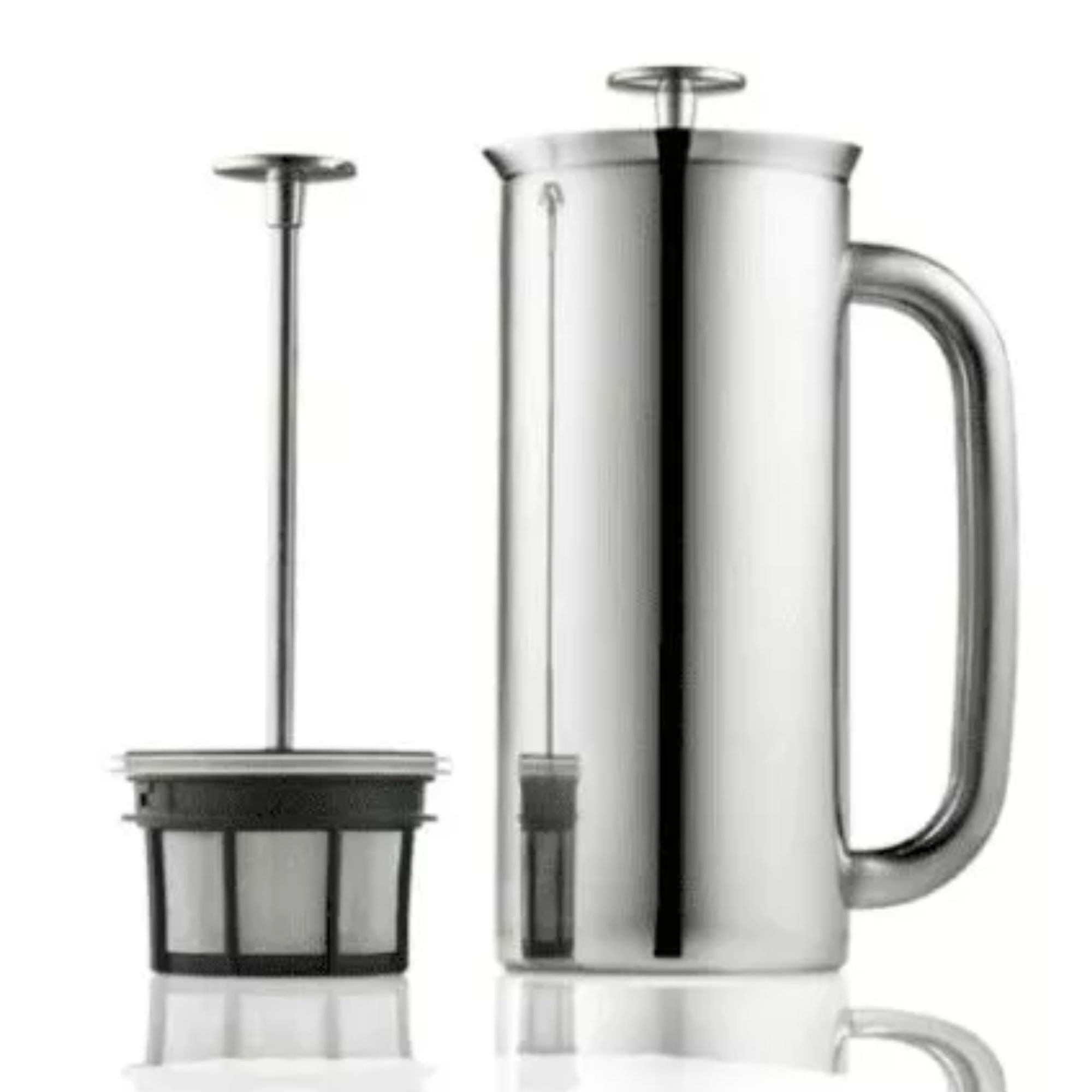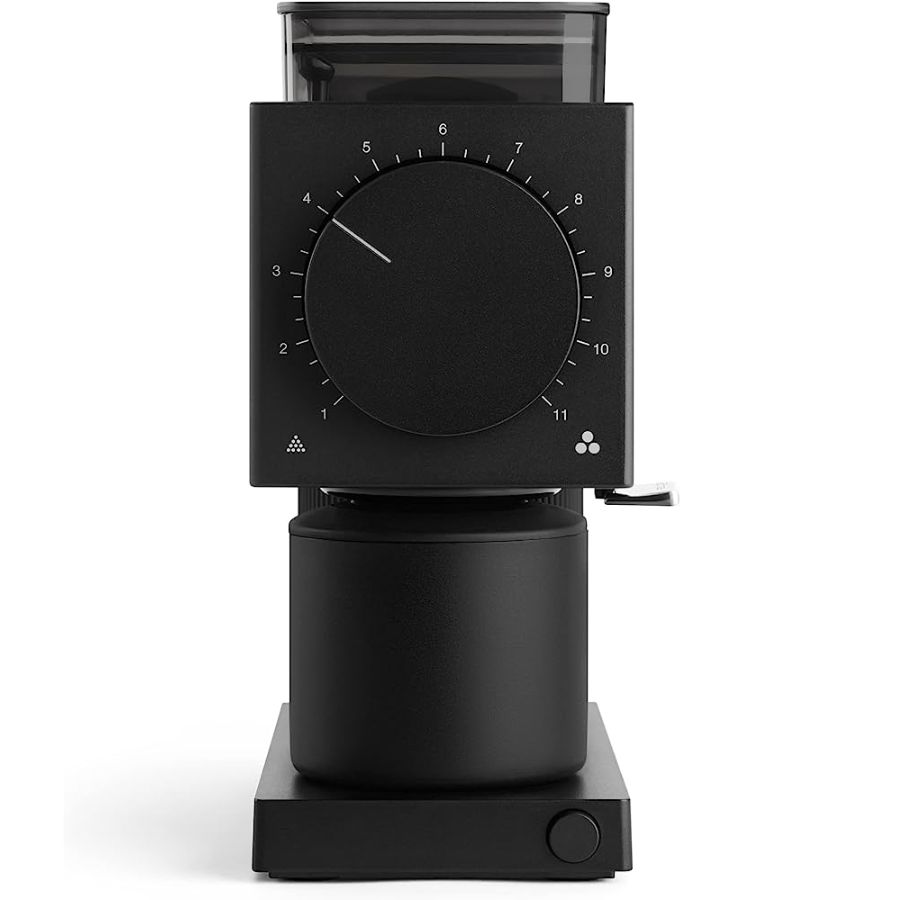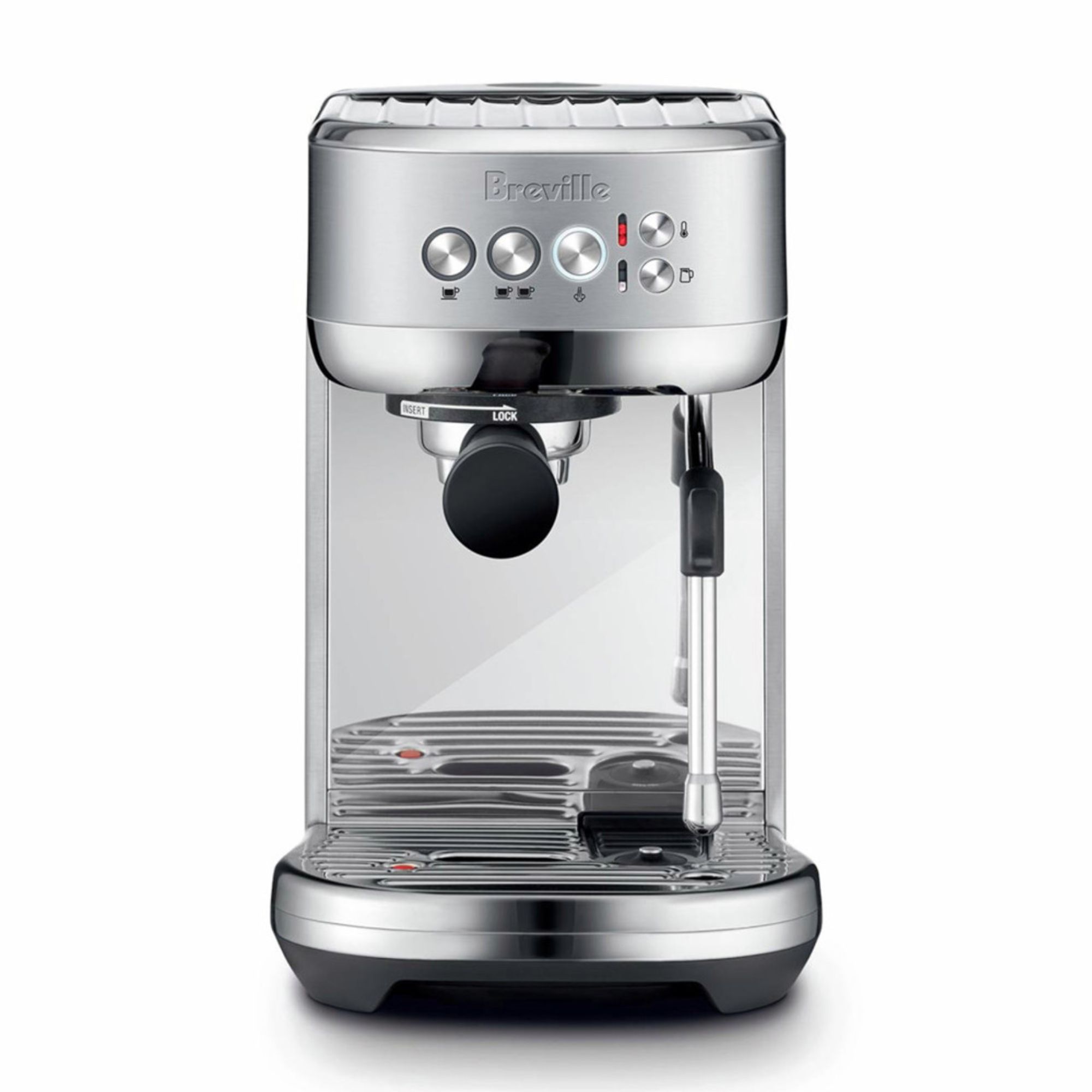How to make Vietnamese coffee – for a rich and delicious drink
Vietnamese coffee is just as delicious as it is aesthetic – this is how to make the perfect cup


There are always new coffee trends sliding onto the scene. Last summer, it was cold brew coffee, then coffee smoothies, and this year, it's Vietnamese coffee.
I've been itching to try Vietnamese coffee, so I invested in the equipment and made some for myself. You can, of course, use your espresso machine or French press to start making Vietnamese coffee. However, if you want to perfect this creamy coffee treat, I recommend going all-in with the phin, a traditional Vietnamese coffee filter.
You make Vietnamese coffee a lot like you would pour over, but instead, you make a coffee concentrate that you mix with condensed milk. The resulting drink tastes like chocolate. It's a delicious way to make coffee taste better when you don't like coffee.
What is Vietnamese coffee?

Fans of cold brew, bulletproof coffee, and dalgona coffee have to try this. Also known as cà phê sữa đá, Vietnamese coffee has elements of each brewing method: the smoothness of cold brew, the creaminess of bulletproof, and the sweetness of dalgona to make one, thick, creamy, caffeinated treat. It's not made to be gulped down; it's brewed to be enjoyed, with friends, along with some good conversation. That's why it's my new fika.
The base coffee is really strong and bitter. The ratio of coffee to milk or water is 1:2, so this packs a serious punch. However, to counter the intensity, traditional Vietnamese coffee is balanced with condensed milk, making a bittersweet brew that is just as delicious cold as it is hot.
There are a few different ways to brew Vietnamese coffee: over ice, hot, using espresso, and more. I've tried them all to let you know how they differ.
What do I need to make Vietnamese coffee?
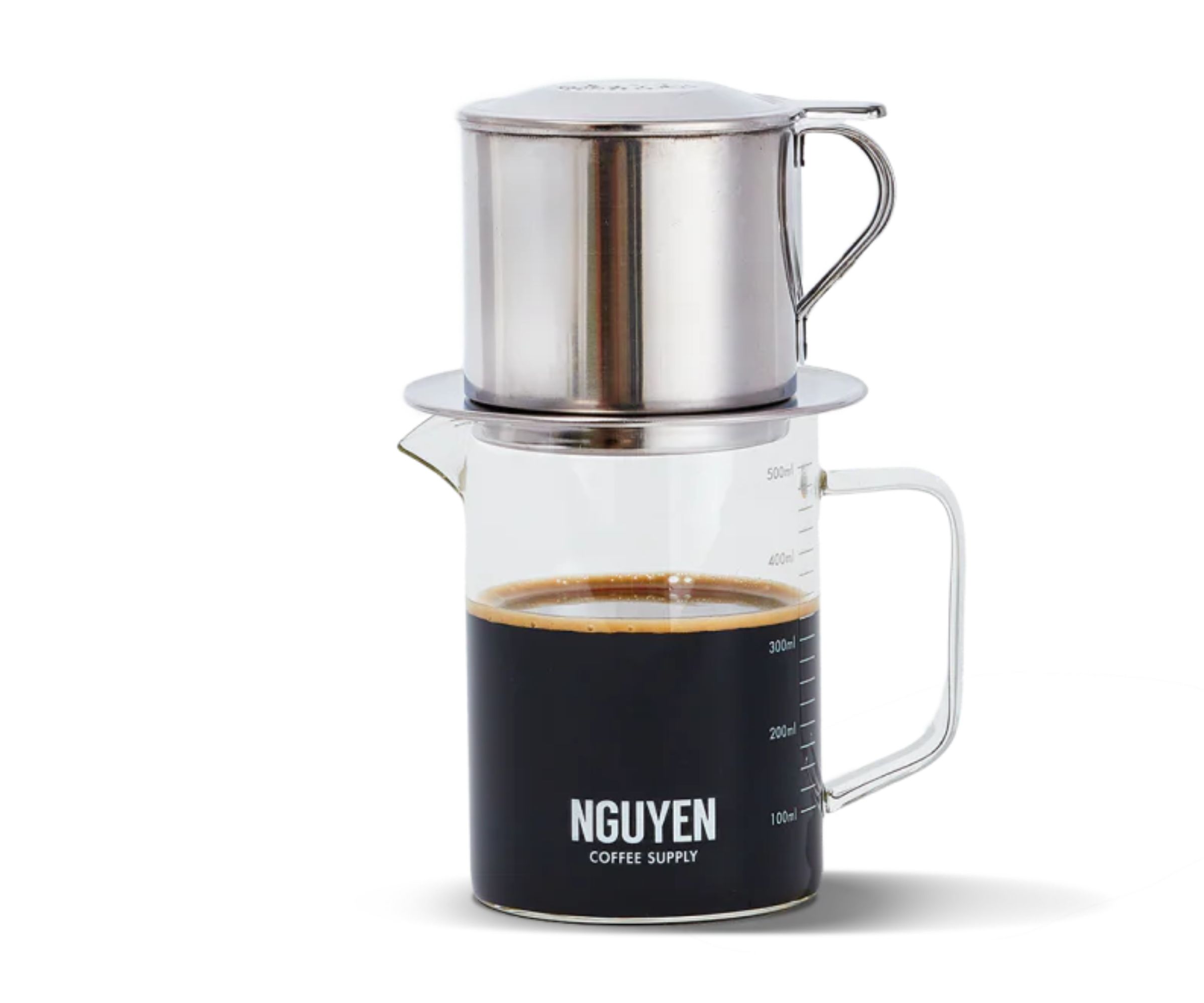
Vietnamese coffee requires some specialist equipment, which is relatively inexpensive and very aesthetically pleasing. I'd expect to see it on your social media grid within a month of making your first Vietnamese iced coffee.
Design expertise in your inbox – from inspiring decorating ideas and beautiful celebrity homes to practical gardening advice and shopping round-ups.
The phin coffee filter is generally a pretty cheap contraption. You can find one in some Asian grocery stores, or online, like this Vietnamese Coffee Filter from Amazon. If you're not ready to fully invest yet, one of the best French press coffee makers or a stove-top coffee pot will work just as well.
If you don't own one of the best coffee grinders, I'd recommend buying one, because this will deliver the fullest, freshest coffee oils into your cup, meaning it's packed with flavor.
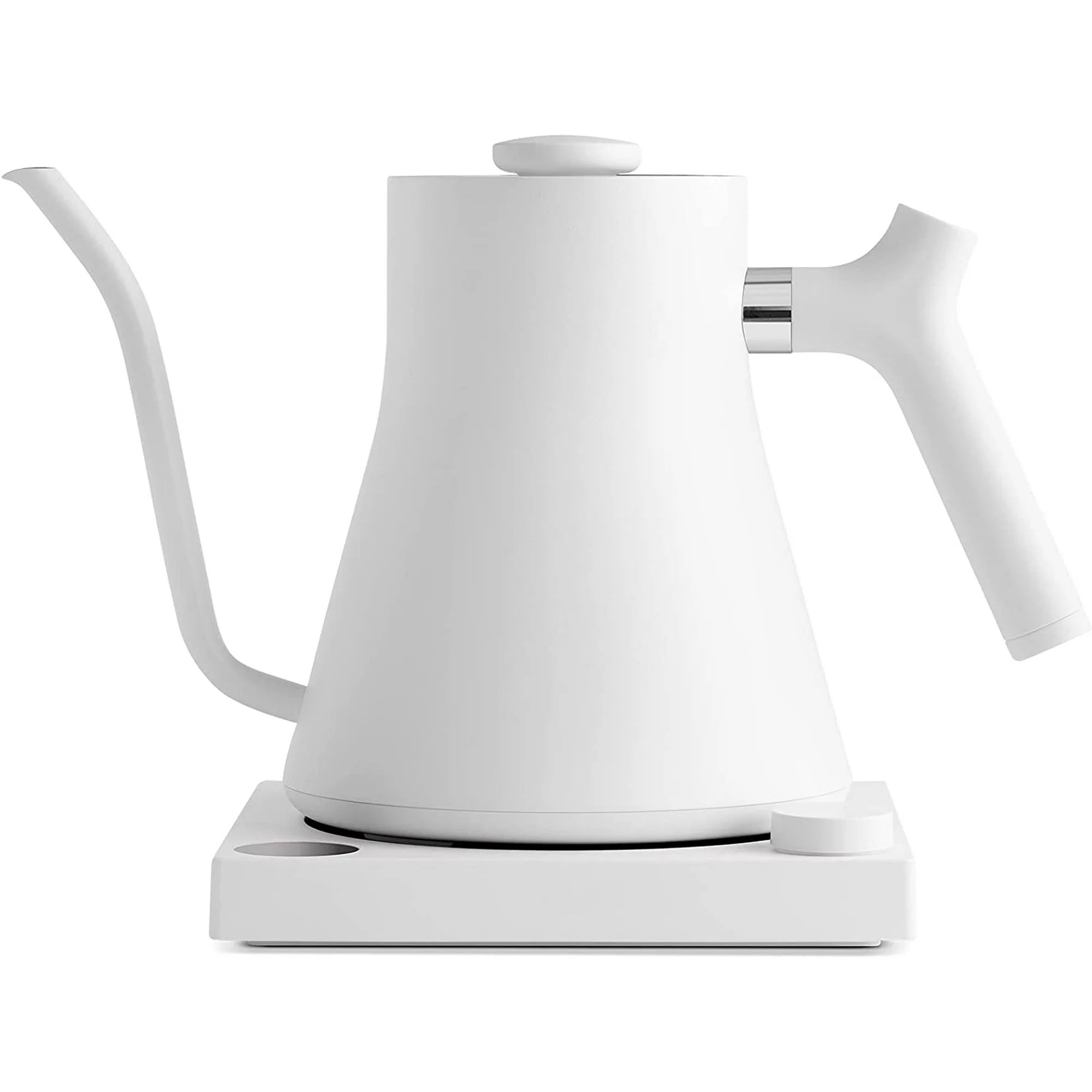
This temperature-variable kettle is one of Oprah's favorite things. The whole appliance is really stylish and it feels incredibly durable too. The spout pours really smoothly, but, of course, all this comes at a high cost. It's expensive, so if you already have a gooseneck kettle, don't buy this in its place.
How do I make Vietnamese coffee?

The components of a Vietnamese coffee maker are relatively straightforward. Take your cup or jug and place the phin filter onto it. Then set your cup on top and add a spoon of coffee. The ratio for coffee and water is 1:2, so add as much coffee as you'll need for your servings. Once you have enough coffee, give your cup a shake to even out the grounds. Next, place the phin strainer on top of the grounds and use your kettle to pour boiling water over the grounds.
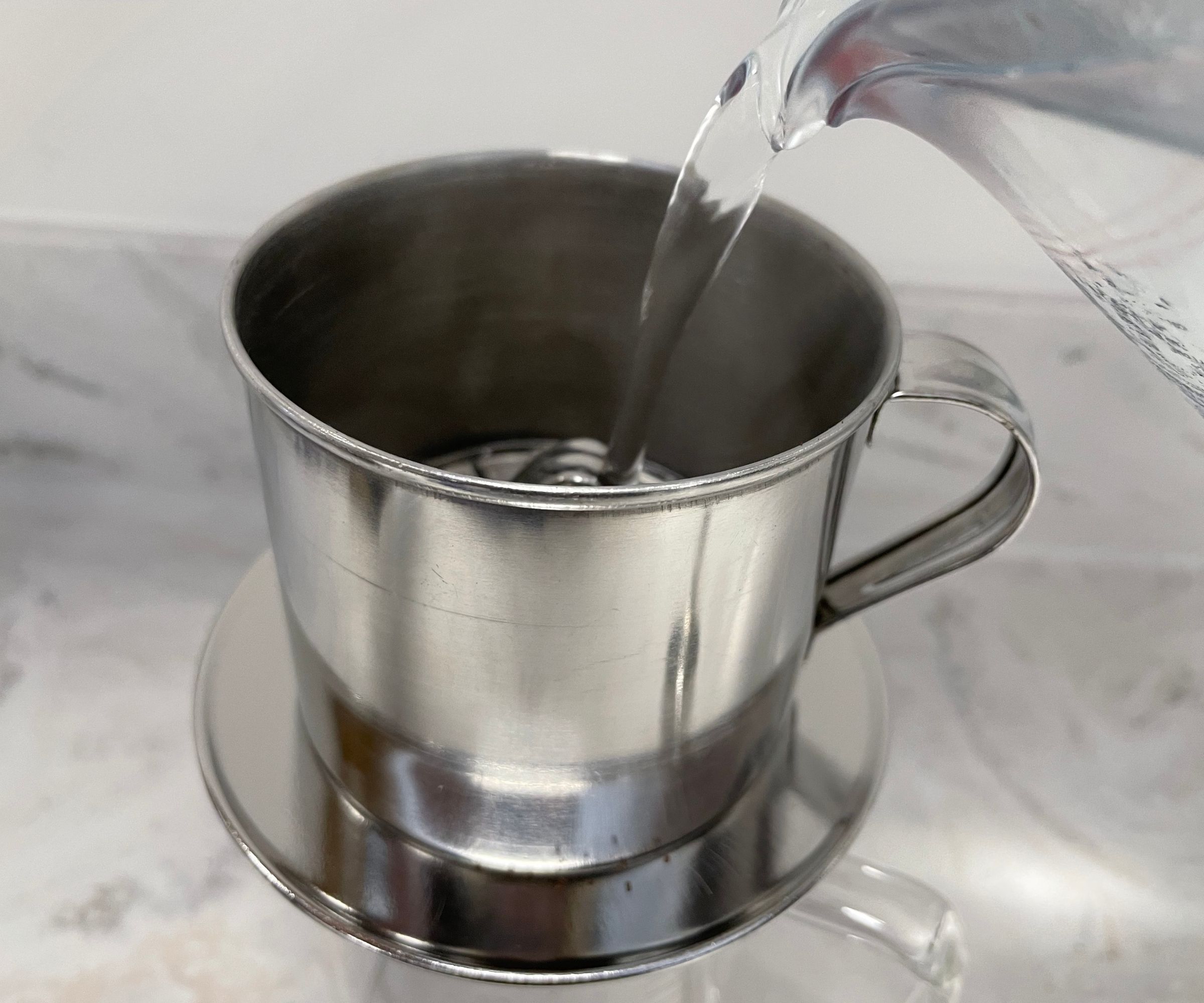
If you have a gooseneck kettle, make sure to use it. You'll get a much smoother flavor, because you can pour with precision, evenly saturating the grounds. If you don't have one, try to pour consistently across the filter.
I would recommend starting by pouring a little water onto your filter — no more than two tablespoons. This will let your coffee bloom, releasing carbon dioxide from your grounds, so that your brew tastes sweeter and smoother. You can add the rest of your hot water after about 30-45 seconds of blooming. Place the phin filter lid on top of your cup and let the coffee drip through. This is quite a slow process, so I often go away and do other jobs, checking on my coffee every five minutes. It takes about 10 minutes for me to make one cup of coffee.
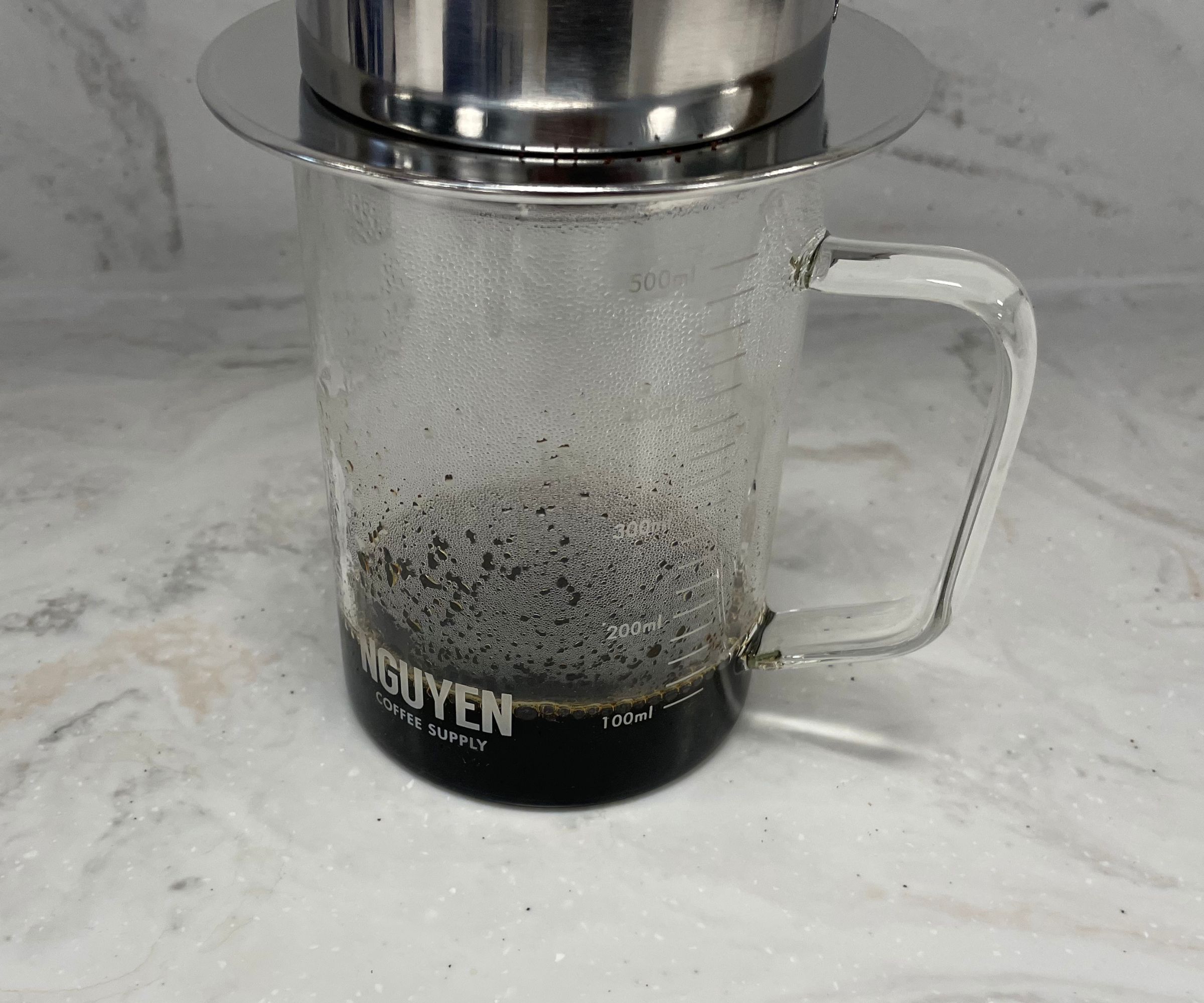
Once your coffee has dripped through the filter it will look dark and a little thick. These are visual indicators that Vietnamese coffee is strong stuff, a bit like cold brew concentrate.
To balance out the intense coffee flavors, which could be overwhelming and bitter, almost everyone recommends adding two tablespoons of condensed milk to one cup of Vietnamese coffee. Some people use coffee creamer instead: both work well. If you want to put an Italian spin on it, try adding a scoop of vanilla ice cream on top. It's decadent but delicious.
Alternative ways to make Vietnamese coffee
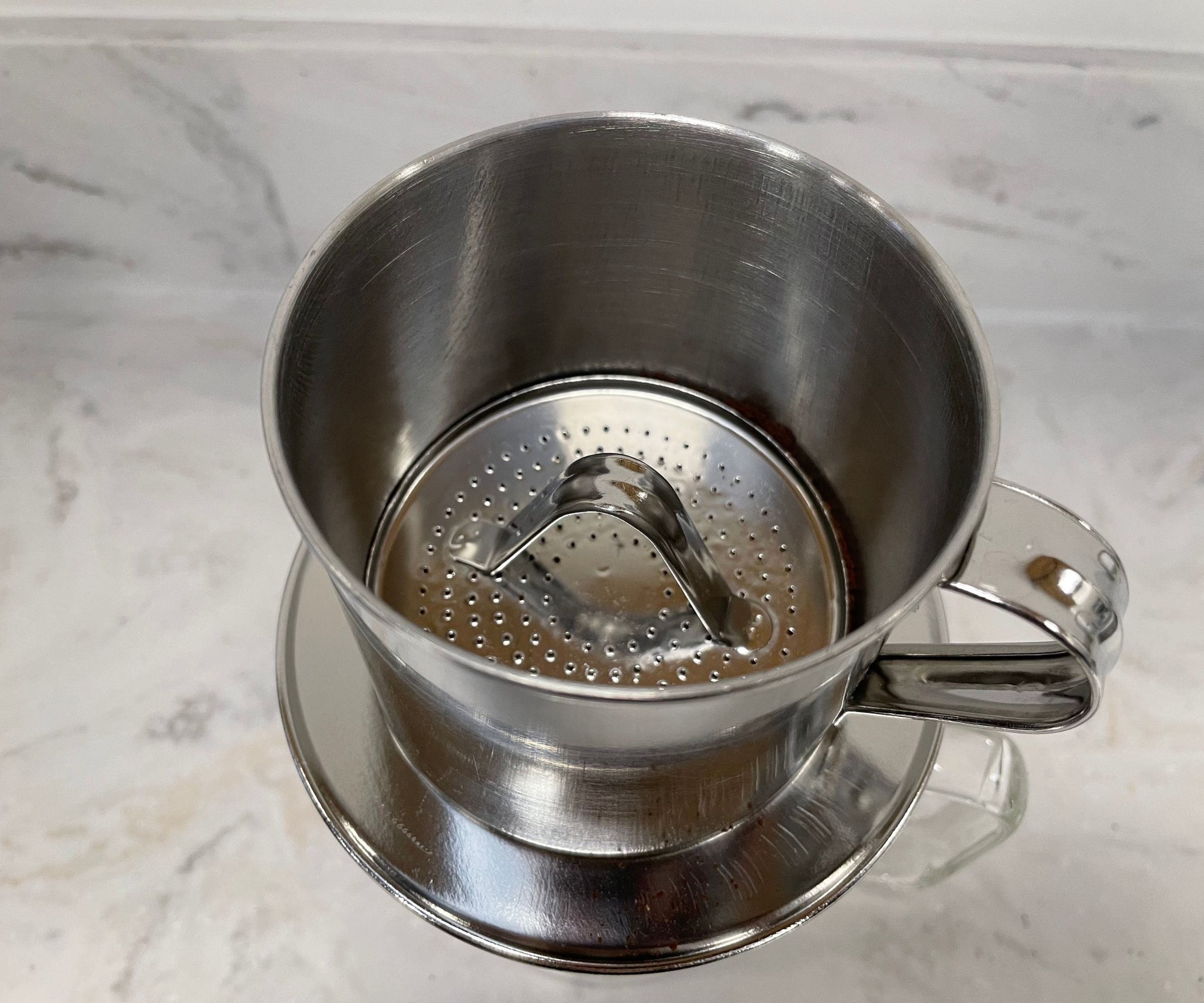
If you're using an espresso machine, pour your condensed milk into a glass. Then, add your hot espresso on top. The two won't mix, making a beautiful, Instagram-worthy, color contrast. If you're going to take a picture, this is the time. Once you're happy with the aesthetics, stir the coffee and condensed milk together and enjoy.
If you're using a French press, treat the filter press as you would the phin filter. Pour your coffee grounds into the base. Add hot water and let your coffee brew. Then press it down after 15 minutes and pour your intense coffee into condensed milk.
I wouldn't recommend using pods or capsules for Vietnamese coffee, because you don't have the same controls over strength and flavor. However, if this is really your only option, you can brew your espresso capsules over condensed milk, similar to the espresso method.
How do I make iced Vietnamese coffee?

Iced Vietnamese coffee is really a summer drink. However, I see lots of people drinking it in the afternoon, hoping that the combination of coolness and caffeine will wake them up enough to push them through the rest of the day.
To make your Vietnamese iced coffee, either brew it directly onto ice or chill your coffee in the refrigerator before use. It's that easy.
If you want to maximize the coffee flavors, I'd recommend freezing either some of your Vietnamese coffee or condensed milk, making them into ice cubes. Then, when you pour more hot Vietnamese coffee over them, these will melt, cooling down the drink, but not diluting it.
Things to avoid
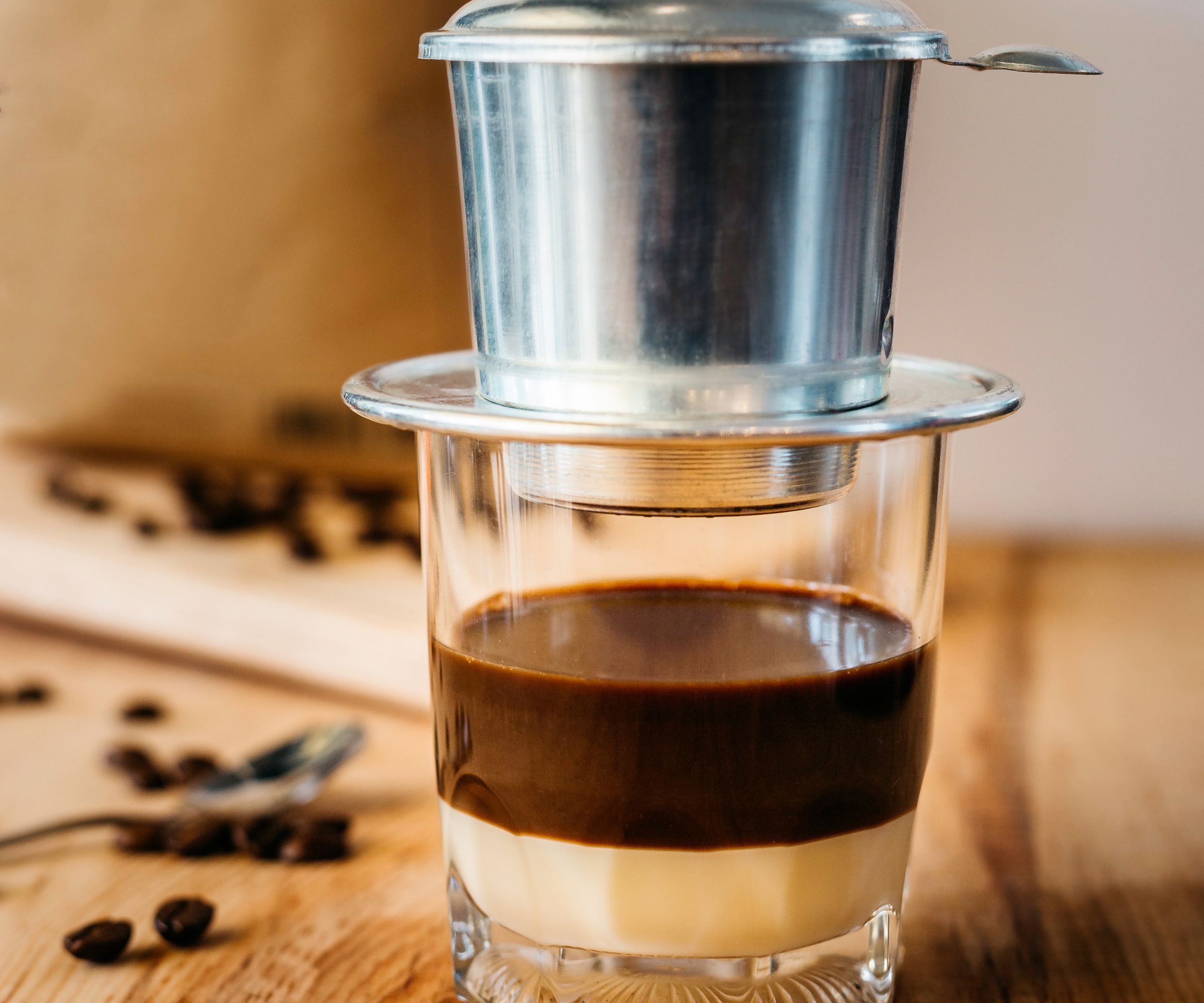
If your coffee is dripping through faster than 3-4 drips per second, your coffee grind is too coarse. You won't get the full, smooth flavors and will instead end up with a very bitter, but weak drink. Try using a finer grind setting on your grinder. Be careful though, the most authentic, full flavors, come from coarse grinds. I'd opt for espresso roast beans, ground for a French press — medium coarse — but you can go finer. Just be aware that this will mellow the flavors.
You'd be forgiven for avoiding robusta beans. They're harsh and tend to taste more dark and bitter. However, these are almost identical to Vietnamese coffee beans. I'd never drink a black coffee made with these beans, but would strongly recommend you use them in your Vietnamese coffee. They offer the perfect balance.
If you're not blooming the coffee, as in letting a little hot water sit on it for a bit, it's likely that your Vietnamese coffee will taste quite acidic. If you've tried grinding smaller coffee and still think your Vietnamese coffee dries on your tongue, try blooming the grounds.
If the coffee tastes a little weak and watery, make sure that you're heating the water up to boiling point (212 degrees Fahrenheit). If your water is too cold it won't extract all the delicious oils out of your coffee.
FAQs
What is special about Vietnamese coffee?
People have been enjoying Vietnamese coffee for decades, but it's become especially popular recently for the sweet, chocolatey flavors that it offers. It's uniquely sweet, rich, and thick, making it a real treat. Lots of people who don't like coffee enjoy the flavors of Vietnamese coffee, so it's a great way to get the benefits of coffee if you don't like the flavors of traditional coffee.
Can I make Vietnamese coffee with coffee pods or capsules?
Technically, yes, but I wouldn't. You don't have the same control over your coffee and it's hard to match the intensity of Vietnamese coffee with basic pods.
Is there chicory in Vietnamese coffee?
No, but if you buy Café du Monde coffee, you'll see it has chicory in it. Whilst this isn't traditional, the chicory delivers on acidic and bitter flavors, making this French roast incredibly similar to Vietnamese.
Final thoughts
Vietnamese coffee is, in my opinion, delicious. It can be quite rich and intense though, so don't drink it like you're in a race. Sip it, enjoy it, and share it with your friends and family.

Laura is our eCommerce editor. As a fully qualified barista, she's our expert in all things coffee and has tested over thirty of the best coffee makers on the market. She has also interviewed Q-Graders and world-leading experts in the coffee industry, so has an intimate knowledge of all things coffee. Before joining Homes & Gardens, she studied English at Oxford University. Whilst studying, she trained as a master perfumer and worked in the luxury fragrance industry for five years. Her collection of home fragrance is extensive and she's met and interviewed five of the world's finest perfumers (also known as 'noses'). As a result of this expansive fragrance knowledge, she always puts quality and style over quantity and fads. Laura looks for products which have been designed simply and with thoughtful finishes.
